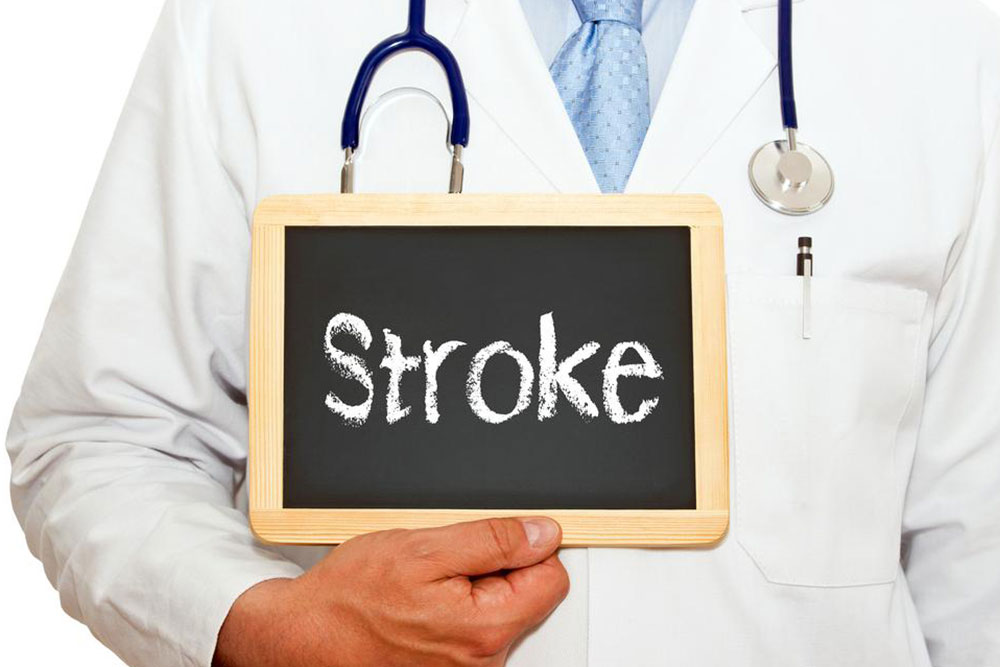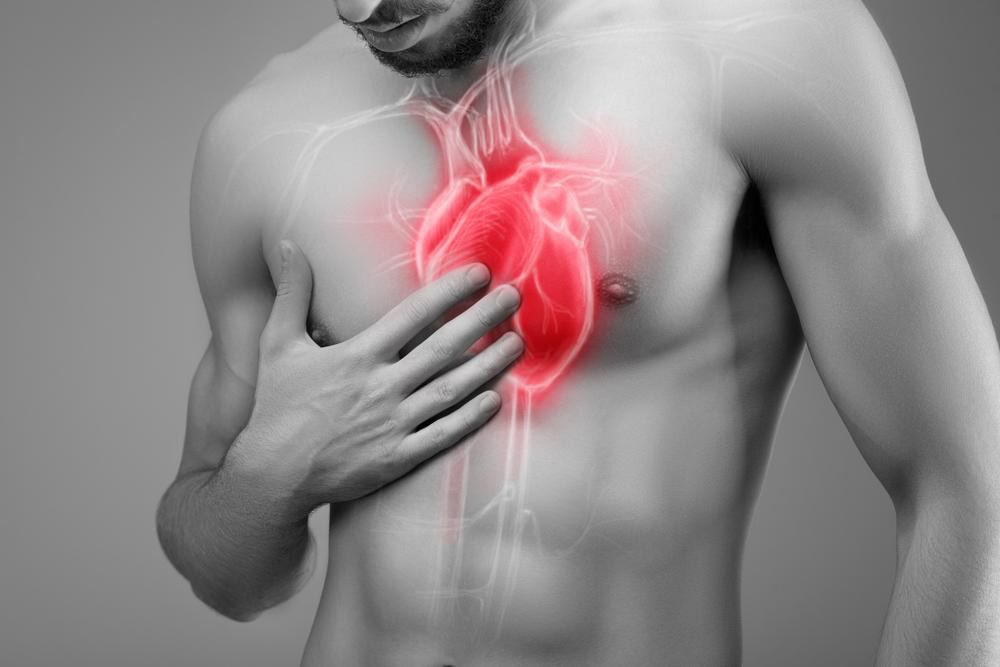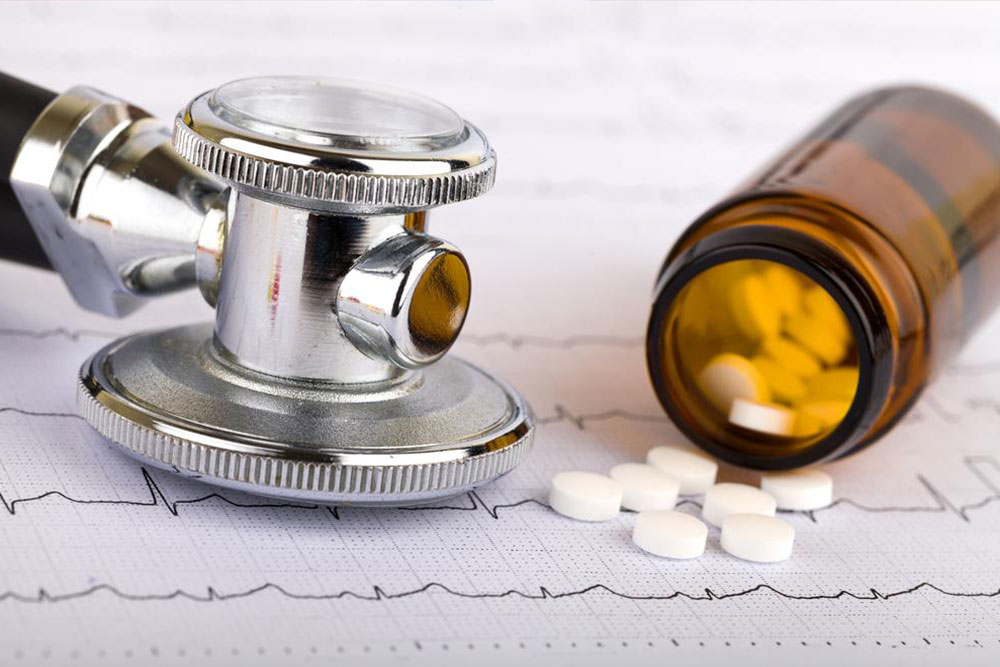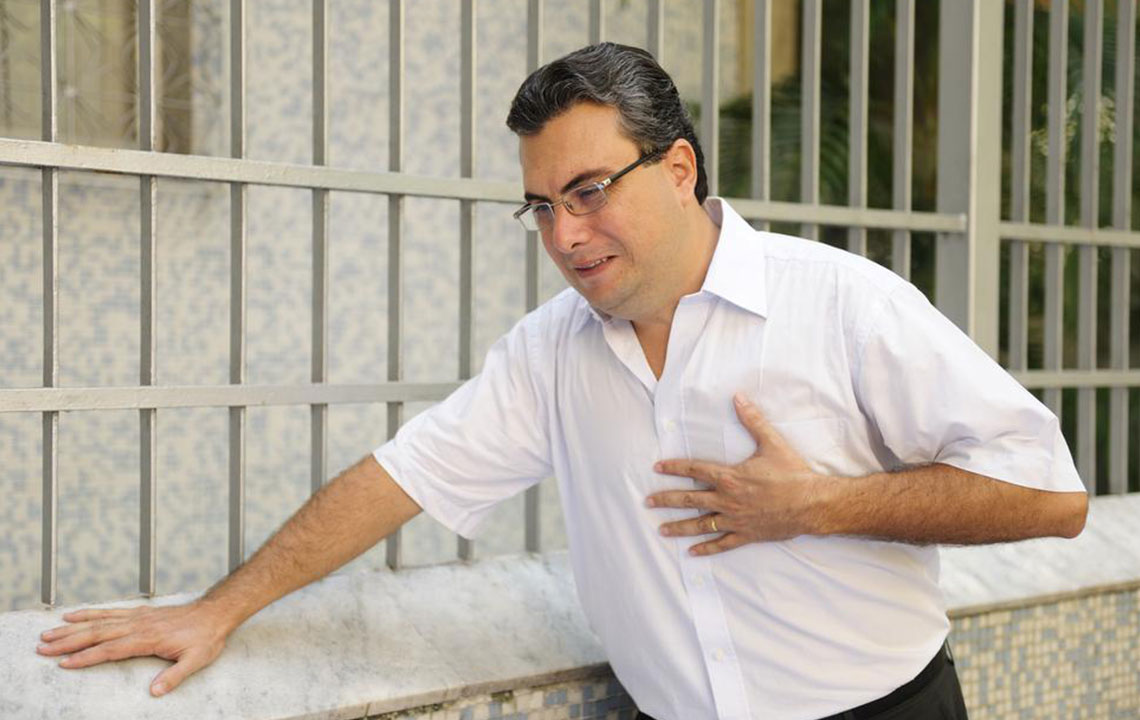Understanding Ascending Aortic Aneurysm: Causes and Signs
This article explains the causes and symptoms of ascending thoracic aortic aneurysm. It covers risk factors such as atherosclerosis and genetic disorders like Marfan syndrome, along with warning signs like chest pain and shortness of breath. Early diagnosis is crucial to prevent complications such as rupture or dissection. Recognizing symptoms and seeking prompt medical care can significantly improve outcomes and save lives.

Understanding Ascending Aortic Aneurysm: Causes and Signs
An aneurysm refers to a bulging section in the aorta, the main blood vessel transporting oxygen-rich blood from the heart to the body. There are two primary types: abdominal and thoracic aneurysms. When this bulge appears in the upper part of the aorta close to the heart, it is known as an ascending thoracic aortic aneurysm.
This condition affects many individuals and can pose serious health risks if not detected early. Before exploring diagnostic methods, it's essential to understand the underlying causes of this aneurysm.
Atherosclerosis
Plaque buildup in the aortic walls causes it to weaken and bulge, increasing aneurysm risk. Contributing factors include high cholesterol and blood pressure.
Marfan Syndrome
This genetic disorder affects connective tissues, resulting in weakened walls of the aorta.
Ehlers-Danlos Syndrome
A rare connective tissue disorder that makes skin, bones, and arteries fragile, predisposing to aneurysms.
Aortic Valve Abnormalities
Congenital issues, such as bicuspid aortic valves, exert abnormal pressure on the aorta, raising the likelihood of aneurysm formation.
Signs and Symptoms of Thoracic Aortic Aneurysm
Often, early stages of this aneurysm show no symptoms. As it enlarges, symptoms like chest tenderness, hoarseness, shortness of breath, cough, chest and back pain may appear. Symptoms vary depending on the individual and underlying causes.
If the aneurysm ruptures, urgent medical attention is crucial. Signs of rupture include cold sweating, difficulty swallowing, breathlessness, dizziness, rapid heartbeat, low blood pressure, fainting, sudden severe chest or back pain, and paralysis on one side. Larger aneurysms carry risks like aortic dissection—a life-threatening tear in the artery layers.
Early detection and treatment are vital to prevent severe complications. Recognizing symptoms and seeking immediate care can save lives.










